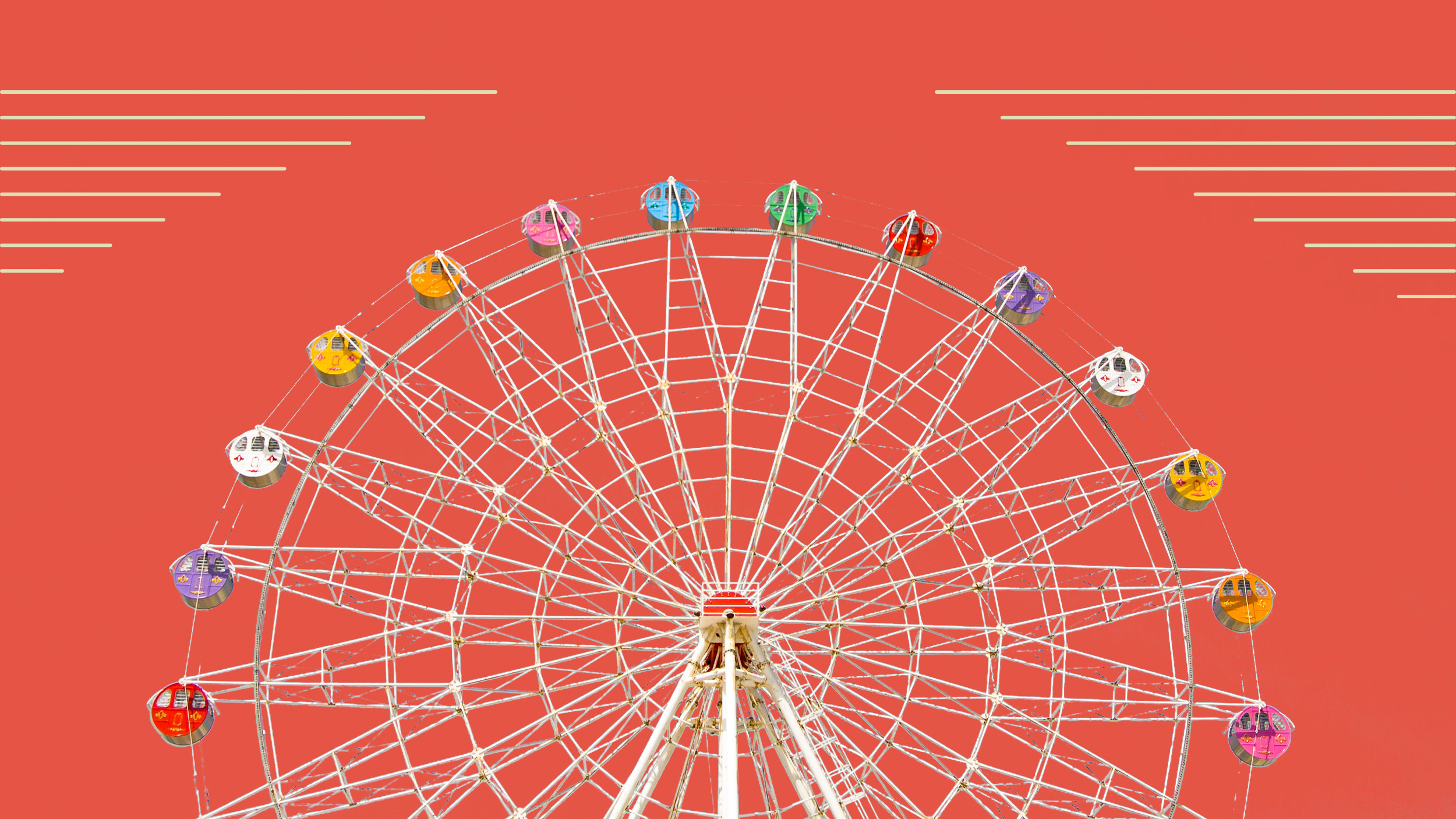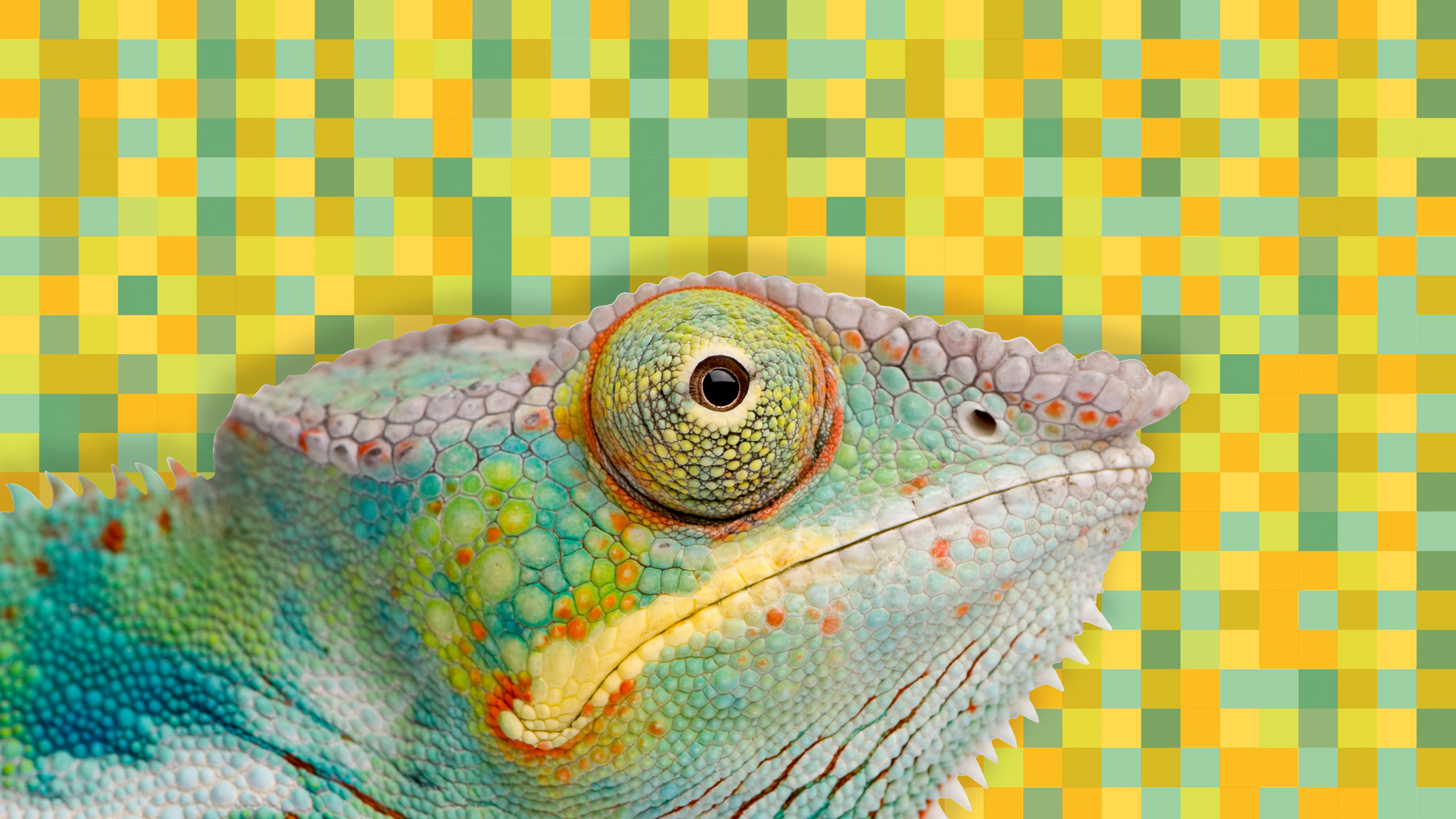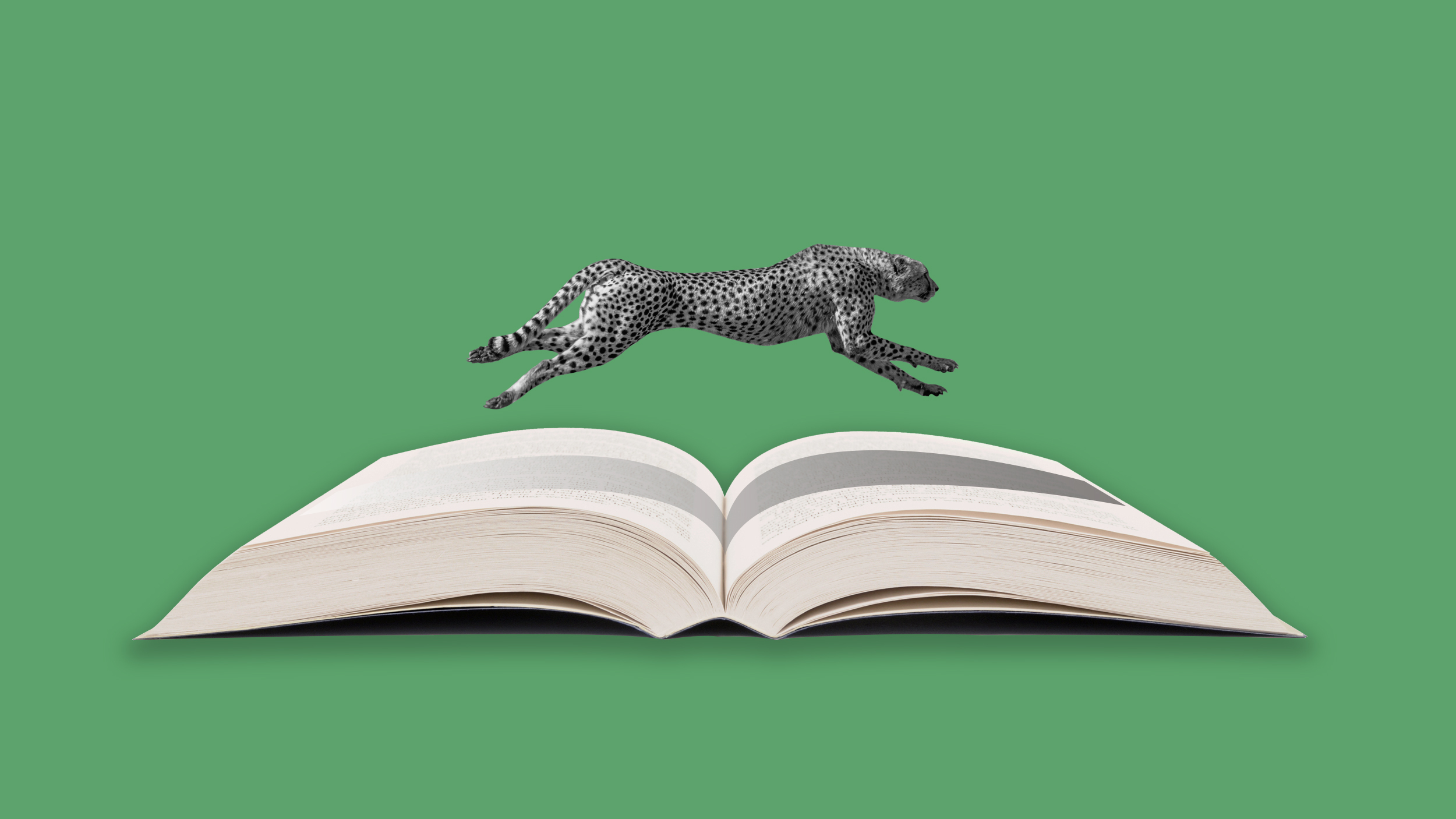You know that Facebook is one of the world’s best companies to work at. You’ve heard the heavenly details, right? We all have. Some of the less lucky ones dream about them while they scrape the bottom of their company’s instant coffee can with a teaspoon, hoping to gather enough dehydrated crumbs to stay awake through the next team meeting.
But the real success of Facebook’s company culture goes deeper than free granola, segways, and ping pong tables. Stuart Crabb – founder of Oxegen Consulting, and Facebook’s former Global Head of Learning – was the chief architect of this legendary work environment, solidifying its reputation and talent during a crucial period in the company’s development. All those recreational gadgets and perks that are part of Facebook’s folklore are really only the most visible layer of a culture that is anchored in something more important: people’s strengths.
According to Crabb, we are unhealthily obsessed with weaknesses and negativity. Bad news headlines are more clickable than good news stories, and out in the real world you only have to observe people slowing down on a freeway to look at a traffic accident to know it’s true. Great novels aren’t written about happy people. A film about the perfect couple will never sell.
There is a negativity bias that pervades our personal, artistic, and corporate worlds: job interviews are often exercises in concealing your weaknesses, and an impending job review brings on a weighty stress about the areas you might be failing, rather than achieving.
Crabb turned that attitude on its head while at Facebook and championed the philosophy that people are at their best when they are allowed to access their strengths. Tapping into an employee’s brilliance and allowing them the opportunity to customize their role results in higher performing teams and individuals, longer employee retention, and a greater sense of fulfillment. Tom Rath, author of the best-selling book StrenghsFinder, also supports this idea: “People who have the opportunity to focus on their strengths every day are six times as likely to be engaged in their jobs and more than three times as likely to report having an excellent quality of life in general.”
Employee engagement is also key, and a lot of that comes down to investing in thoughtful training of managers. “Managers play a key role in driving engagement and we know that the relationship to the manager will always trump the brand,” Crabb says, in Strategic Leadership Review. “Doesn’t matter how great your company is or how awesome your product is, if your manager sucks, you don’t want to be there. And so the appointment of managers and the training of managers is something we take very seriously.”
Crabb encourages all employees to take the Clifton StrengthsFinder test so they can identify their assets and play to their strengths.
To know more, visit Oxegen Consulting
Stuart Crabb: We live in a world that is completely fascinated by weaknesses and takes strengths and positive emotions for granted. You only have to pick up the newspaper to see that. You only have to see the way people slow down on a freeway when there’s an accident. To understand your credit worthiness, we look at the amount of debt you carry. To try and understand what makes a happy customer we go talk to angry ones. Everywhere you look you’ll see this focus upon weaknesses as a basis to understand performance excellence. Now I think there’s lots of reasons for that. Some of that speaks to the human condition and the way in which the brain interprets external information and external threats. We’ve only told half the story about performance inside organizations. We’ve really cracked the code around understanding how to identify and really overcome those areas that people struggle in. But most organizations are not having conversations about how to build a positive engaging work culture. And they’re not having conversations about how to leverage people’s strengths at work.
This is an enormous game changer for organizations and for Facebook what we found is that those employees that felt that they had the opportunity to engage their strengths most of the time at Facebook were more likely to be high performing. They were more likely to be part of a higher performing team. They were more likely to stay longer with the company and it was also a key driver of fulfillment. In other words, their experience of work is a meaningful experience was massively promoted by the experience and the opportunity to be able to leverage their strengths every day.
We did it in a number of ways. There’s no question that the consequences of many performance problems can be traced back to a poor hiring decision. So hiring for strengths is critical right out of the gate. If you create the right conditions for candidates to share and reveal their strengths to you then you have the right opportunity to determine whether or not they’re going to be successful in this role. But it goes beyond just the hiring process. Starting an internal conversation within the culture of the organization was something that we also did very, very early on. Encouraging all new employees that came through the new hire orientation to take the Clifton Strengthsfinder so they could start to understand their strengths and what they may mean. Training managers to help managers understand how to have a conversation when it came to setting goals or giving feedback or sitting down and talking about longer term creative element were all essential ways in which we inculcated this message. We also launched a strengths based coaching program for all people managers and leaders in the organization which specifically focused on the better half of where they were having impact and helping to bring some balance to what is in many respects an obsession with weaknesses and a focus on fixing ourselves which can be important if it has the potential to derail us. But in most cases is a really, really poor place for you to be investing your time and energy when it comes to your own development.





